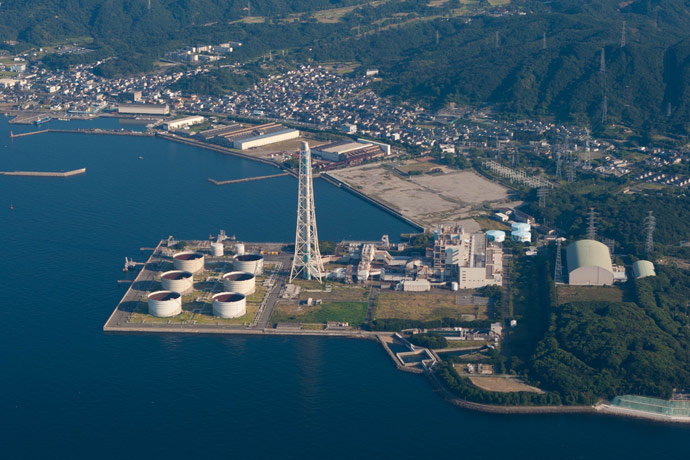Russia And North America Invest Billions To Meet Oil And Gas Demand In Asia

Image via Flickr/ Ignat Gorazd
Flourishing oil and gas producers North America and Russia are investing billions of dollars on pipelines and port facilities in order to supply energy to Asia, intent on capturing a larger share of the world’s fastest growing fuel market from Middle East suppliers.
For the better part of the past decade, China has driven global oil demand growth, surpassing the United States as the world’s top net oil importer in the month of September. Despite a rise in North American shale output and a weak economy in the West, Asia’s surge in consumption has kept prices supported.
The change in growth away from the West has forced producers such as Canada to look further from home to find a market. In addition, Russia, its Central Asian neighbors and other exporters are lining up to sell their oil and gas to Beijing.
“The center of gravity shifting east is becoming a reality,” Maria van der Hoeven, executive director of the International Energy Agency said at the World Energy Congress in South Korea.
They (China) would like to get oil from everywhere. Whether it’s by ship or, let’s not forget about Russia, by pipeline.”
While Asia’s market thrives, the U.S., which has been the world’s biggest market for oil and gas for decades, could slash oil imports by nearly 50 percent by the end of 2020 due to the shale oil and gas boom improving energy efficiency, the IEA said.
North America has already bumped Australia out of the top spot for new Asian investment in gas development, while several pipeline projects are in the works in Canada to send landlocked crude to Asia.
Russia, the world’s largest gas producer, also has plans to open up natural gas exports as early as next year to meet growing demand from Asia-Pacific markets. In June of this year, Russian producer Rosneft signed one of the biggest deals in the history of the global oil industry-a $270 billion pact to supply 300,000 bpd, of oil to China for 25 years.
In the Middle East, producers are competing hard with other suppliers for the Asian market. Quickly emerging as a key competitor to Saudi Arabia, Iraq has said China is looking to increase purchases of its crude by more than two-thirds in 2014.
Top oil exporter Saudi Arabia, which increased its annual capital budget to $40 billion in the last 10 years, will export more of a better quality of light crude by 2017.
The heat is on for producers who can provide steady, large volumes of oil to China as it could surpass the United States as the world’s largest crude importer by 2017.









































